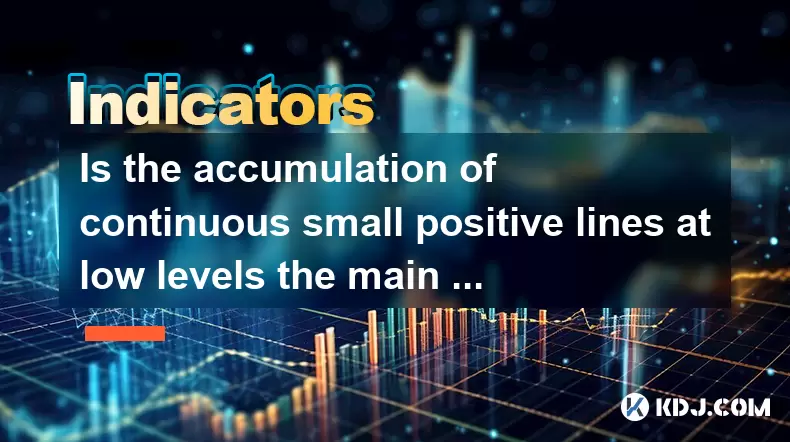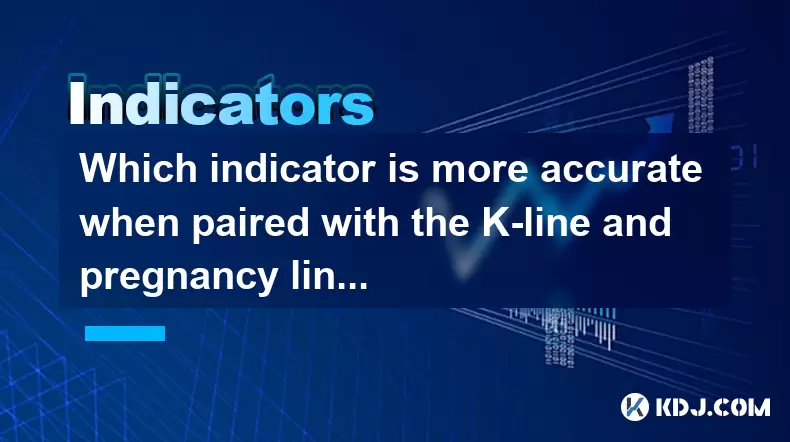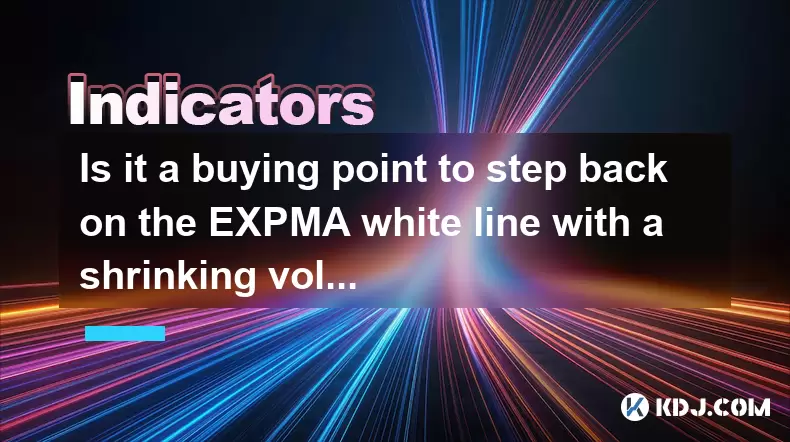-
 Bitcoin
Bitcoin $119300
1.07% -
 Ethereum
Ethereum $3730
3.87% -
 XRP
XRP $3.235
0.29% -
 Tether USDt
Tether USDt $1.000
0.00% -
 BNB
BNB $783.5
1.88% -
 Solana
Solana $188.7
0.25% -
 USDC
USDC $0.0000
-0.01% -
 Dogecoin
Dogecoin $0.2399
-0.44% -
 TRON
TRON $0.3157
2.37% -
 Cardano
Cardano $0.8254
1.94% -
 Hyperliquid
Hyperliquid $42.83
0.14% -
 Stellar
Stellar $0.4372
3.21% -
 Sui
Sui $3.859
4.91% -
 Chainlink
Chainlink $18.53
3.53% -
 Hedera
Hedera $0.2464
0.01% -
 Bitcoin Cash
Bitcoin Cash $519.8
2.46% -
 Avalanche
Avalanche $24.24
2.17% -
 Litecoin
Litecoin $113.7
0.73% -
 UNUS SED LEO
UNUS SED LEO $8.990
0.30% -
 Shiba Inu
Shiba Inu $0.00001390
0.21% -
 Toncoin
Toncoin $3.188
1.49% -
 Ethena USDe
Ethena USDe $1.001
0.02% -
 Polkadot
Polkadot $4.090
-0.91% -
 Uniswap
Uniswap $10.40
4.08% -
 Monero
Monero $326.6
3.12% -
 Bitget Token
Bitget Token $4.627
-0.42% -
 Pepe
Pepe $0.00001281
0.76% -
 Dai
Dai $1.000
0.01% -
 Aave
Aave $291.6
0.98% -
 Cronos
Cronos $0.1269
7.26%
Is the accumulation of continuous small positive lines at low levels the main force absorbing funds?
Large investors quietly buy crypto with small, steady gains on low-volume charts, signaling potential future price moves.
Jun 29, 2025 at 03:29 am

Understanding the Concept of Accumulation in Cryptocurrency
In the context of cryptocurrency trading, accumulation refers to a phase where large investors or institutions gradually buy up assets over time without causing significant price movements. This is often observed when the market shows continuous small positive lines at low levels, indicating that demand is slowly increasing without triggering a strong upward trend.
The term "small positive lines" typically refers to candlestick patterns that show minor bullish momentum. When these appear repeatedly at lower price levels, it suggests that buyers are stepping in consistently, absorbing selling pressure and preventing further downward movement. This behavior is commonly associated with smart money players who aim to build positions without alerting the broader market.
How Continuous Small Positive Lines Form on Charts
In technical analysis, candlestick charts are used to visualize price action over specific intervals. A small positive line—often a bullish candle with minimal upper and lower shadows—indicates that buying pressure slightly outweighed selling pressure during that period.
When such candles appear continuously at support levels or after prolonged downtrends, they may signal that buyers are absorbing selling pressure. This pattern can be spotted more clearly on longer timeframes like 4-hour or daily charts. Traders should look for:
- Repeated small green candles forming near key support zones
- Low volatility but consistent closing prices above opening values
- Volume that remains relatively stable or increases slightly
These indicators suggest that institutional or experienced traders are quietly accumulating positions, laying the groundwork for a potential reversal.
Identifying Fund Absorption Through Volume Analysis
Volume plays a crucial role in confirming whether small positive lines are signs of accumulation or just random noise. During genuine accumulation phases, volume tends to behave differently compared to regular market fluctuations. Specifically:
- Volume doesn't spike dramatically, as big players avoid drawing attention
- There's a gradual increase in volume over several days or weeks
- On-chain metrics may show increased wallet activity from known entities
Using tools like on-chain analytics platforms (e.g., Glassnode or Chainalysis) can help identify whether whales or institutional wallets are involved. These services track inflows into exchanges, wallet balances, and transaction sizes, offering deeper insights into fund absorption.
Technical Confirmation of Accumulation Patterns
To determine if continuous small positive lines represent real accumulation, traders should combine candlestick patterns with other technical indicators:
- Moving Averages: Watch how price interacts with long-term moving averages like the 200-day MA. If the asset stabilizes near this level with small green candles, it could indicate hidden buying.
- Relative Strength Index (RSI): An RSI that stays around 40–50 without dipping into oversold territory may reflect underlying strength despite sideways movement.
- Order Book Depth: Analyzing the order book can reveal large hidden orders placed by institutional players.
These tools help differentiate between genuine accumulation and consolidation driven by retail traders or algorithmic bots.
Practical Steps to Spot Accumulation in Real-Time
For traders aiming to identify fund absorption through continuous small positive lines, here are actionable steps:
- Monitor weekly and daily charts for repeated small bullish candles at key support zones
- Cross-check volume data to ensure consistency with accumulation logic
- Use on-chain tools to observe wallet inflows and outflows from known addresses
- Look for decreasing volatility metrics like Bollinger Bands contraction
- Observe if the asset breaks previous resistance levels after an extended low-level buildup
By following these steps, traders can better understand whether the market is being quietly absorbed by larger players or simply stuck in a neutral phase.
Frequently Asked Questions
What is the difference between accumulation and consolidation?
Accumulation involves strategic buying by large players, usually indicated by subtle price behavior and controlled volume. Consolidation, on the other hand, reflects a balance between buyers and sellers without a clear directional bias.
Can small positive lines occur during distribution as well?
Yes, similar patterns can appear during distribution, especially when large holders create false breakouts to attract buyers before dumping. The key difference lies in volume behavior and on-chain activity.
How reliable are candlestick patterns alone in identifying accumulation?
Candlestick patterns should not be used in isolation. They must be confirmed with volume, order flow, and on-chain data to accurately assess accumulation.
Is accumulation always followed by a bullish breakout?
Not necessarily. Sometimes accumulation zones can extend for months without a breakout, especially in bear markets. It’s essential to monitor broader market sentiment alongside technical signals.
Disclaimer:info@kdj.com
The information provided is not trading advice. kdj.com does not assume any responsibility for any investments made based on the information provided in this article. Cryptocurrencies are highly volatile and it is highly recommended that you invest with caution after thorough research!
If you believe that the content used on this website infringes your copyright, please contact us immediately (info@kdj.com) and we will delete it promptly.
- TRON, Crypto Payroll, and Stablecoins: A New York Minute on the Future of Finance
- 2025-07-25 08:30:11
- WazirX, Revote, and Crypto Unlock: A New York Minute on the Latest Developments
- 2025-07-25 06:50:11
- Hong Kong Stablecoin Regulation: Navigating the Hype and Hurdles
- 2025-07-25 08:30:11
- Bitcoin LTHs, CDD Ratio, and Distribution: What's the Deal?
- 2025-07-25 08:50:12
- Satoshi-Era Bitcoin Whale Awakens: $469 Million in BTC on the Move
- 2025-07-25 06:30:11
- TIA Tokens, Crypto Shift & Ripple Effect: What's the Deal?
- 2025-07-25 07:10:11
Related knowledge

Should I go all in when DIF crosses DEA?
Jul 25,2025 at 12:42am
Understanding DIF and DEA in MACD AnalysisWhen traders analyze DIF and DEA in the context of the Moving Average Convergence Divergence (MACD) indicato...

Should I go all in when the upper edge of the box is broken?
Jul 25,2025 at 01:50am
Understanding the 'Box' in Cryptocurrency Price ChartsThe term 'box' in cryptocurrency trading typically refers to a price consolidation range where t...

Should I go all in when the parabolic turning signal appears?
Jul 25,2025 at 06:36am
Understanding the Parabolic Turning Signal in Crypto TradingThe parabolic turning signal is a technical indicator derived from the Parabolic SAR (Stop...

Should I follow up with a full position when the trading volume suddenly increases?
Jul 25,2025 at 12:28am
Understanding Sudden Increases in Trading VolumeA sudden spike in trading volume often signals heightened market activity and can indicate that new in...

Which indicator is more accurate when paired with the K-line and pregnancy line combination?
Jul 25,2025 at 05:43am
Understanding the K-Line and Pregnancy Line CombinationThe K-line, also known as the Japanese candlestick chart, is a foundational tool in technical a...

Is it a buying point to step back on the EXPMA white line with a shrinking volume?
Jul 25,2025 at 08:56am
Understanding the EXPMA Indicator and Its White LineThe Exponential Moving Average (EXPMA) is a technical analysis tool widely used in cryptocurrency ...

Should I go all in when DIF crosses DEA?
Jul 25,2025 at 12:42am
Understanding DIF and DEA in MACD AnalysisWhen traders analyze DIF and DEA in the context of the Moving Average Convergence Divergence (MACD) indicato...

Should I go all in when the upper edge of the box is broken?
Jul 25,2025 at 01:50am
Understanding the 'Box' in Cryptocurrency Price ChartsThe term 'box' in cryptocurrency trading typically refers to a price consolidation range where t...

Should I go all in when the parabolic turning signal appears?
Jul 25,2025 at 06:36am
Understanding the Parabolic Turning Signal in Crypto TradingThe parabolic turning signal is a technical indicator derived from the Parabolic SAR (Stop...

Should I follow up with a full position when the trading volume suddenly increases?
Jul 25,2025 at 12:28am
Understanding Sudden Increases in Trading VolumeA sudden spike in trading volume often signals heightened market activity and can indicate that new in...

Which indicator is more accurate when paired with the K-line and pregnancy line combination?
Jul 25,2025 at 05:43am
Understanding the K-Line and Pregnancy Line CombinationThe K-line, also known as the Japanese candlestick chart, is a foundational tool in technical a...

Is it a buying point to step back on the EXPMA white line with a shrinking volume?
Jul 25,2025 at 08:56am
Understanding the EXPMA Indicator and Its White LineThe Exponential Moving Average (EXPMA) is a technical analysis tool widely used in cryptocurrency ...
See all articles

























































































